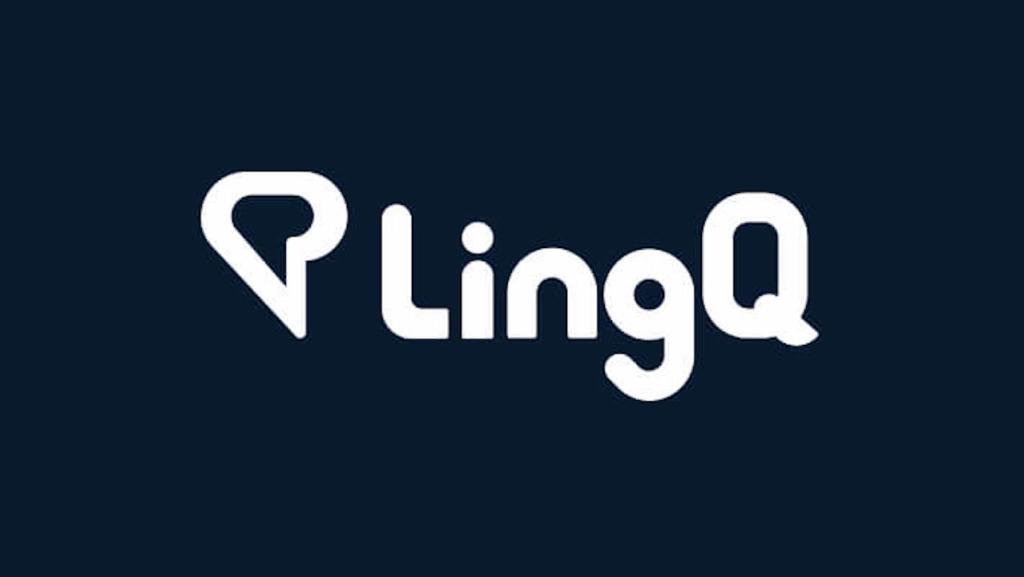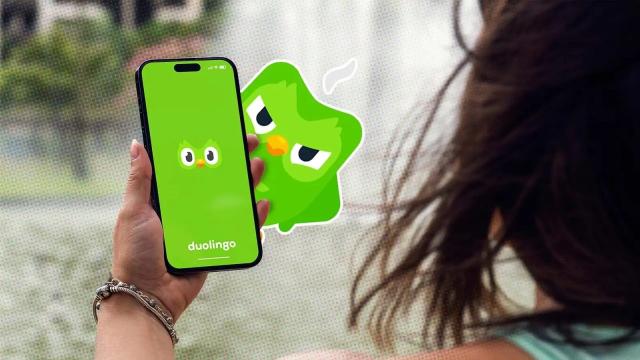The internet has been reeling this week after it was discovered that Duolingo recently let go of a lot of the company’s translators, in favour of using more AI translations. This has made the userbase anxious, particularly after they’ve already seen a decline in quality and features over recent years.
In a statement on Tuesday, a spokesperson from Duolingo said:
“I can confirm that some Duolingo contractors were offboarded as their projects wrapped up at the end of 2023. This affected a small minority of Duolingo’s contractors, and the majority have been retained.
These are not layoffs. There are several reasons why contractors would be offboarded, including:
The contractor’s work was completed and their contract ended.
We’ve improved our content creation operations and no longer need as many people to do this work. For example, we’re shifting to a “shared content” model where more content is shared between courses, thus reducing the overall need for new content.
While we do use AI for many different purposes at Duolingo, including the generation of some course content (read more about that here), human experts are still very involved in the creation of Duolingo’s content.”
The spokesperson also said that they would answer my follow up questions around what “shared content” would look like, how many translators have been replaced with AI, a potential reduction in the price of Super subscriptions to match the recent reduction in features, and a few other things. I am still waiting for them to get back to me.
In the meantime, if you’re one of the people who are questioning if you want to stay on the platform, given the many issues with AI translations, or if you just want to switch up your language-learning habits, here are some alternative apps to try.
Of course, as with learning anything, an in-person teacher is generally better than an app, but also more expensive and requires you to stick to a schedule.
Disclaimer: I have only tried a few of these (and a while ago). These are apps and programs I’ve seen good reviews for online. You need to find an app that suits your learning style, so try out a few until you get the one that works for you. Also, I am sure at least some of these apps also use AI, so you’re probably going to run into the same issues at some point.
Preply

Stephanie Nuzzo over at Lifehacker raves about Preply, and it looks like a really great comprehensive platform. It sets you up with a tutor and while it can be a little pricey, it looks like it does a much better job of actually teaching you your language of choice in a useful way.
Mango
I was surprised by just how often Mango was recommended when looking for language learning alternatives. I’d never heard of it before, but now I am really looking forward to being able to give it a red hot go. The subscription is a bit expensive, but it does seem to be free through a lot of libraries in Australia, so it’s worth investigating whether you can get it through yours.
Rosetta Stone
This is a bit old school, and Rosetta Stone costs a bunch of money, but when I last used it, I found it to be really helpful at improving my listening ability in Portuguese.
LingQ

I love LingQ’s approach to teaching languages. It finds you kinds of content that you already enjoy in your native language, or the news or something, and then gives you that content to study in your new language. It’s a cool idea that reviewers seem to love, and I’m looking forward to giving it a go tonight.
Transparent Language
This is a neat, premium language-learning app that you might be able to get free access to through your library. Yay for libraries.
Glossika
Glossika is audio-based and aims to get you conversational in your chosen language. It’s pricey, but if that’s ok with you, it’s supposed to be great.
Language Transfer
For a cheaper audio-based app, Language Transfer comes highly recommended.
Busuu

If you really like the way Duolingo teaches, but want something that isn’t Duolingo, then Busuu has similar vibes, but without the threatening owl.
Optimem
Optimem is great if you like learning through flashcards. It’s simple, free and worth a shot.
WaniKani
Although WaniKani doesn’t teach you how to write kanji, it seems like a good way to learn the basics.
ChineseSkill
If you just want to learn Mandarin, many users of ChineseSkill say it’s better than Duolingo. The paid version is a bit pricey, but there are free lessons and it’s worth trying.
Lingory
If your goal is to be able to watch K-dramas without subtitles (or travel, converse with friends, connect with cultural roots), then Lingory is a highly recommended app for Korean. It’s got a bunch of ads, but if you can look past that, the price of free is very enticing.
Bunpo
This app has a fairly limited number of languages, compared to some of the bigger options (Japanese, Spanish, French, German, Korean, and Mandarin Chinese), but I like that Bunpo has offline support, and there are a lot of users who really seem to enjoy it.
Finally, it’s always worth checking what kinds of language learning services are offered by your local library. Often you can get free log-ins to premium subscriptions from home as long as you have a library card. Looking around at a few different Australian libraries you can get access to services like Road to IELTS, Transparent Language Online, LOTE4Kids, Mango Languages, BlackWords and Languagenut, not to mention a wide variety of language learning ebooks. The lesson is: join your library, it probably has incredible digital services for free.
